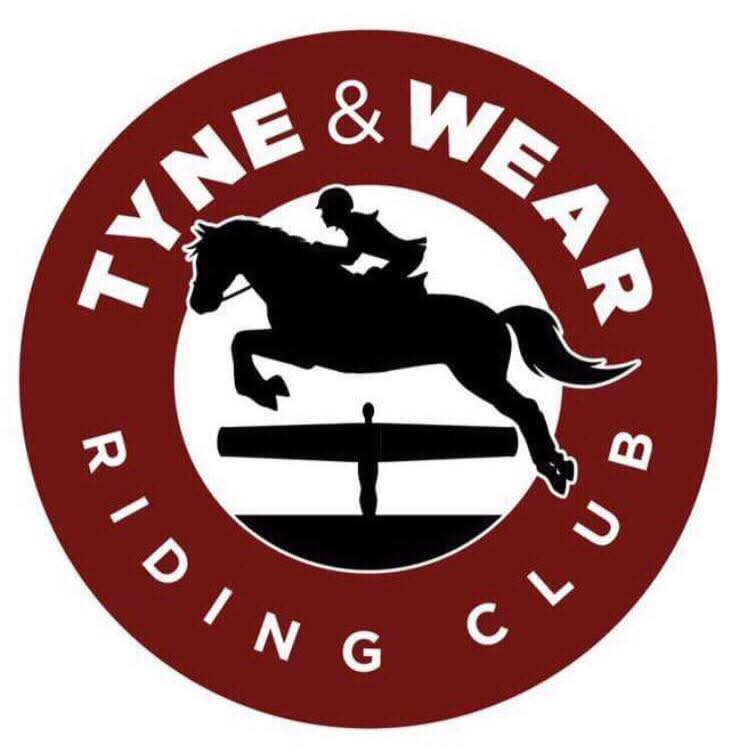Gymnastic jumping clinic at craven arena
Sunday 18 January 2026
Entries close in 5 days

14 upcoming events
Next event:
17/01/2026 Pole2Goal Vicky Hodge *OPEN TO ALL*
Find out more ..
Whether it's a well-known event or an underdog competing, the horse number and the corresponding jockey outfit carry the essence of both the team and the individual. Let's take a closer look at what jockeys wear during races and why each element is so important.
The tradition of wearing distinctive silks dates back centuries and serves several purposes. Besides making the spectacle of horse racing more vibrant, these silks help spectators and officials identify each jockey and horse number during the race, which is especially useful when the action picks up speed. Each owner has their unique design and colour scheme, which means no two outfits are ever exactly the same. This personalisation extends to branding for teams and sponsors, and the colours often have personal or historical significance to the owners.
While the main purpose of jockey silks is identification, many fans of the sport also revel in the artistry and pageantry these garments bring to the race track. The designs range from simple colour patterns to elaborate motifs that may incorporate symbols, emblems or even images. This sartorial splendour adds to the cultural tapestry of horse racing, making each race not only a test of athletic skill but also a visual celebration of the sport's rich heritage.
When it comes to the world of horse racing, safety is paramount. The helmet, a critical piece of safety equipment, has evolved significantly over the years to offer better protection while minimising discomfort for the jockey.
Similarly, the safety vest, worn underneath the silks, absorbs impact and helps prevent serious injury in the event of a fall. Goggles protect the jockey's eyes from dirt and debris, ensuring they can see the track ahead clearly - a necessity at breakneck speeds.
The specialised boots worn by jockeys are designed to grip the stirrups securely, offering stability during the race. The tight-fitting pants, meanwhile, reduce air resistance and prevent the fabric from catching on equipment. Made from lightweight, breathable materials, these garments ensure that the jockey remains as comfortable as possible, without any unnecessary weight slowing them down.
Gloves are vital for maintaining a firm grip on the reins, especially in adverse weather conditions, while the whip is used to encourage the horse during critical moments of the race. However, the use of the whip is strictly regulated to ensure the safety and well-being of the horse. The design of both gloves and whips takes into account the need for control and effectiveness, without causing harm.
Apart from the primary attire, jockeys also utilise a number of accessories that might not be as visible but are equally important. Earplugs, for instance, are used by some horses to help them stay focused by blocking out the noise of the crowd.
Each jockey also carries the horse number as part of their gear, crucial for identification purposes. Despite the fast pace and inherent dangers of horse racing, the thoughtfully designed attire ensures that jockeys can perform their best while minimising risks.
Next time you watch a horse race, take a moment to appreciate the detailed, functional, and traditional elements of the jockeys' attire. From the vibrant silks reflecting ownership and history to the carefully engineered safety gear, everything a jockey wears has a purpose, contributing to the thrilling and safe execution of one of the most fast-paced sports in the world.